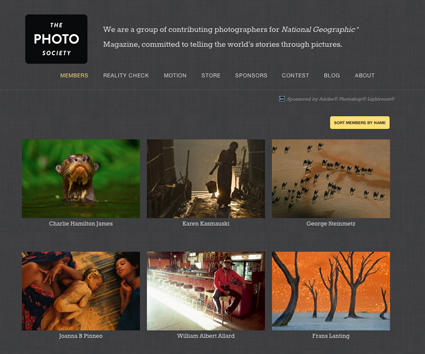12 Quotes By Photographer Robert Frank
Here’s a selection of my favorite quotes by photographer Robert Frank.
“The eye should learn to listen before it looks.” ― Robert Frank
“When people look at my pictures I want them to feel the way they do when they want to read a line of a poem twice.”
― Robert Frank
“A message picture is something that’s simply too clear.” – Robert Frank
“To produce an authentic contemporary document, the visual impact should be such as will nullify explanation.” – Robert Frank
“Black and white are the colors of photography. To me they symbolize the alternatives of hope and despair to which mankind is forever subjected.” – Robert Frank
“I am always looking outside, trying to say something that is true. But maybe nothing is really true. Except what’s out there. And what’s out there is constantly changing.”
― Robert Frank
“There is one thing the photograph must contain, the humanity of the moment. This kind of photography is realism. But realism is not enough – there has to be vision, and the two together can make a good photograph.” – Robert Frank
“I have been frequently accused of deliberately twisting subject matter to my point of view. Opinion often consists of a kind of criticism. But criticism can come out of love.” – Robert Frank
“I always say that I don’t want to be sentimental, that the photographs shouldn’t be sentimental, and yet, I am conscious of my sentimentality.” – Robert Frank
“It is always the instantaneous reaction to oneself that produces a photograph.” – Robert Frank
“My photographs are not planned or composed in advance, and I do not anticipate that the onlooker will share my viewpoint. However, I feel that if my photograph leaves an image on his mind, something has been accomplished.” – Robert Frank
“Above all, life for a photographer cannot be a matter of indifference” ― Robert Frank
Read more Photographer’s Quotes here.


